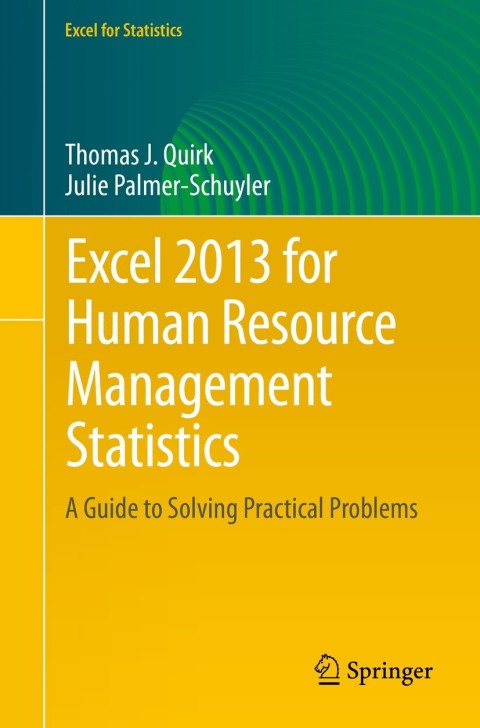Employee turnover is a problem for every organization. Each time an employee leaves the employment of an
Question:
Employee “turnover” is a problem for every organization. Each time an employee leaves the employment of an organization, that employee’s knowledge and experience are no longer available to the organization. Employees leave an organization for a variety of reasons: retirement, layoffs, termination for poor performance, failing to report to work for three days without calling in, resignations, death, disability, disciplinary reasons, to obtain a higher salary or find a more interesting and challenging job, to be closer to home, and so forth.
The Bureau ofNationalAffairs (BNA) defines turnover as the percent figure that results from dividing the number of permanent separations from the company for the time period by the average number of employees on the payroll for the time period in question. (Formore information about BNA, especially for the difference between voluntary and involuntary turnover, see Phillips and Phillips 2005).
Suppose that you work for a large telemarketing company that has 23 Call Centers in different cities and that you want to determine the average turnover rate for these Call Centers during the past year. You decide to select randomly one city for each month, to compute the turnover rate for that city for that month, and to repeat this procedure for each of the past 12 months. Suppose, further, that the turnover rate for these Call Centers 2 years ago was 25 %, and that your company had set a turnover goal for these Call Centers for the year just ended to be 20 %. You complete this data gathering exercise, and you want to find the average turnover rate for these Call Centers for the year just ended using the hypothetical data given in Fig. 4.5.
(a) Write the null hypothesis and the research hypothesis on your spreadsheet
(b) Use Excel to find the sample size, mean, standard deviation, and standard error of the mean to the right of the data set. Use number format (two decimal places) for the mean, standard deviation, and standard error of the mean.
(c) Enter the critical t from the t-table in Appendix E onto your spreadsheet, and label it.
(d) Use Excel to compute the t-value for these data (use two decimal places)
and label it on your spreadsheet
(e) Type the result on your spreadsheet, and then type the conclusion in plain English on your spreadsheet
(f) Save the file as: CALL3
Step by Step Answer:

Excel 2013 For Human Resource Management Statistics A Guide To Solving Practical Problems
ISBN: 97173
2nd Edition
Authors: Thomas J. Quirk, Julie Palmer Schuyler






